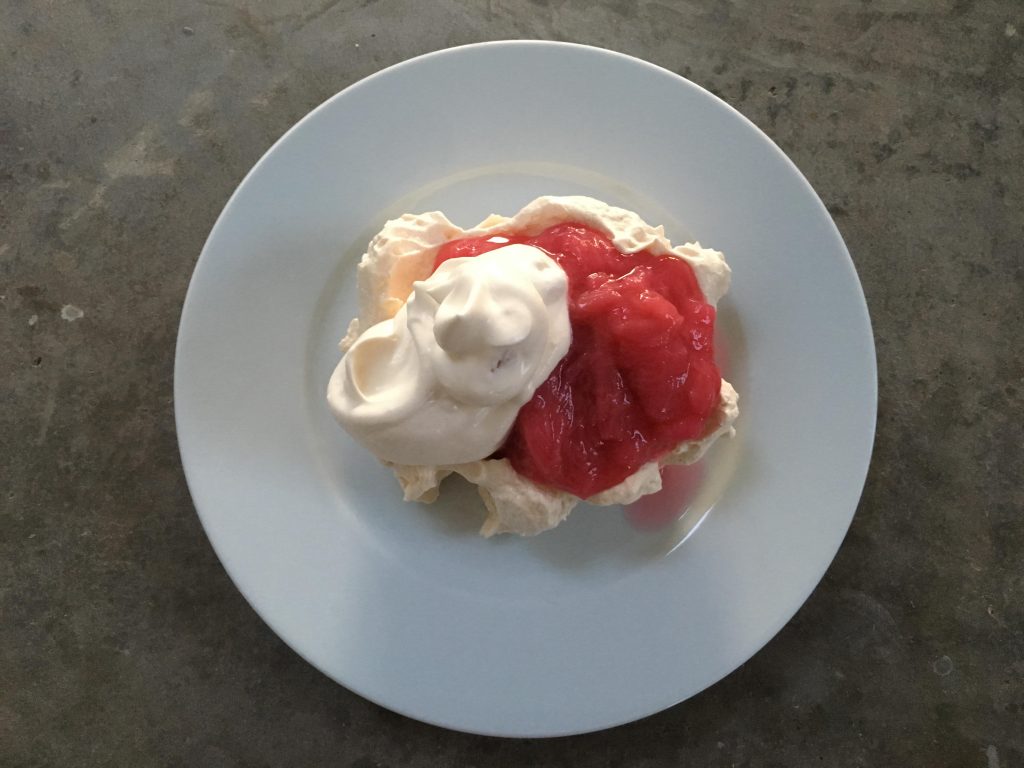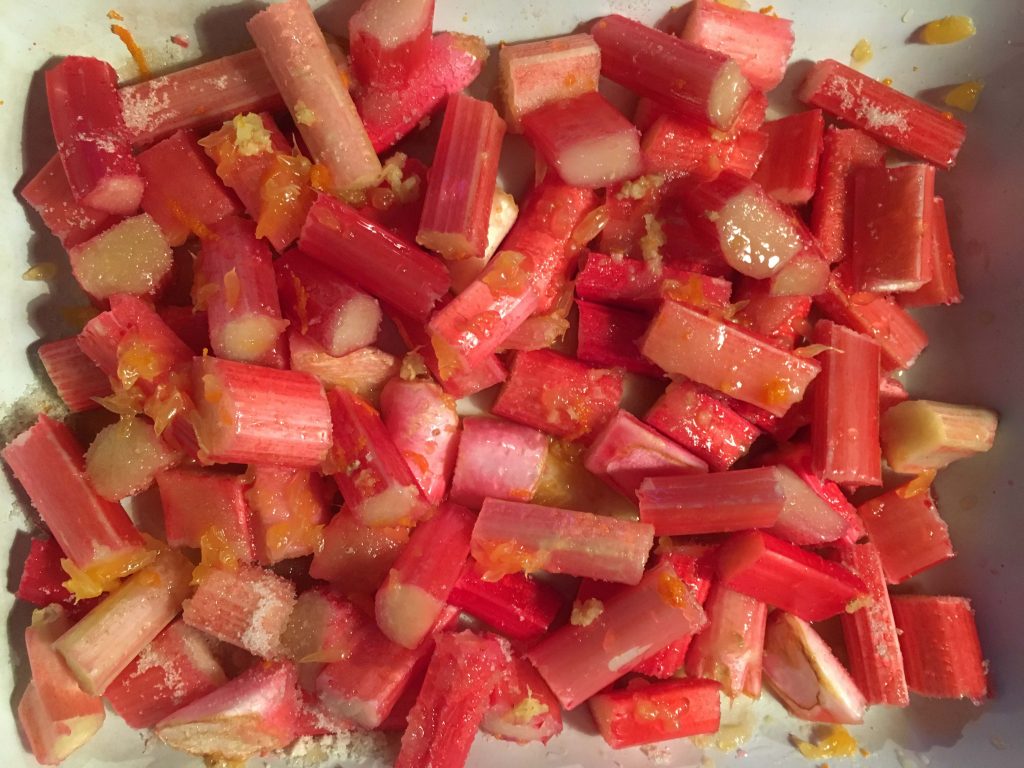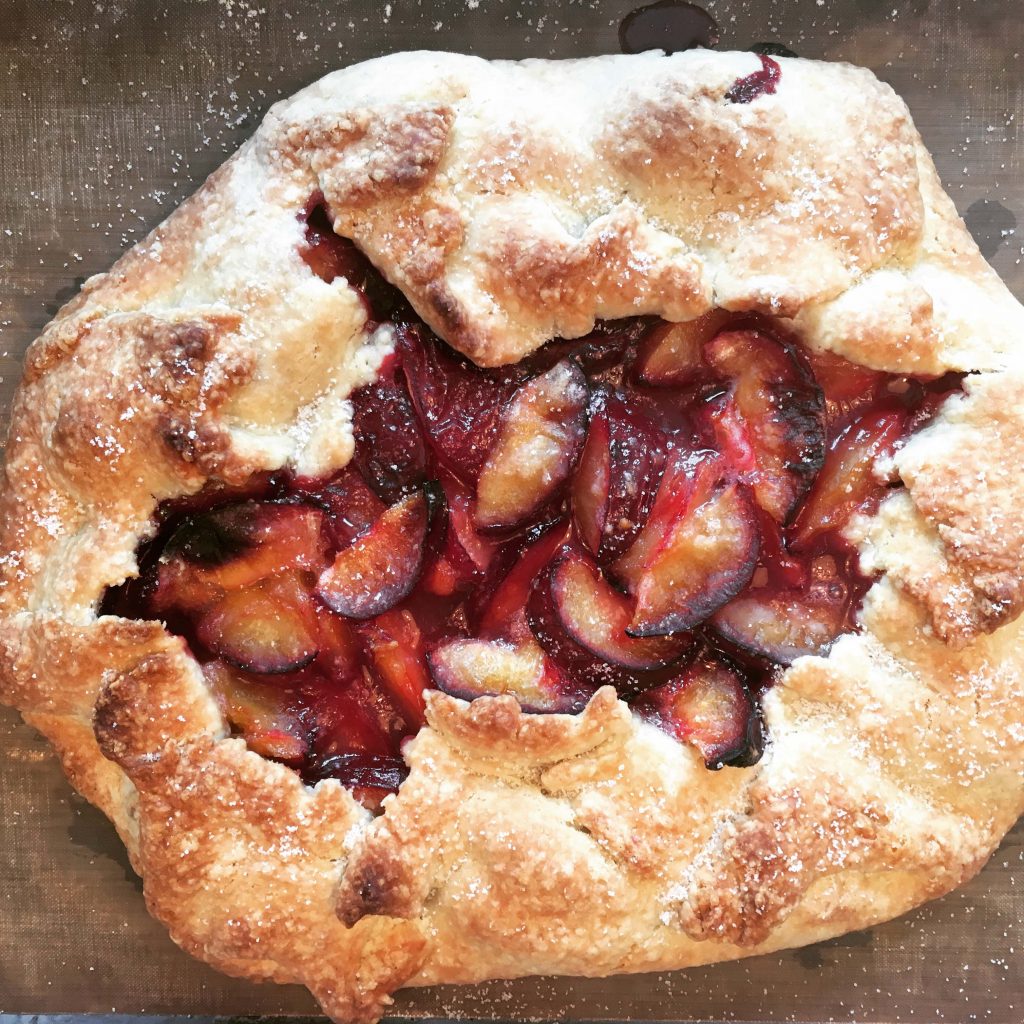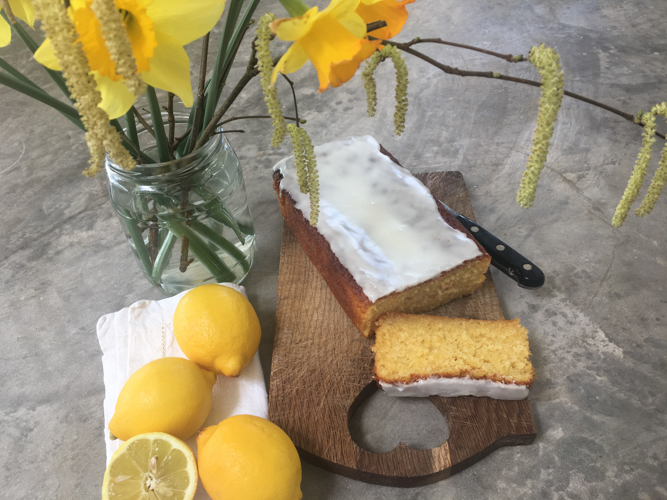
I can’t tell you how many lemons have been squeezed and cakes made here in the name of research. Lemon drizzles, lemon curds, lemon polentas and of course there is the layered beauty that features here in Lemon Cake and the 1970’s (May 2013) and often graces our table as our Easter Cake*.
I’m happy to eat a lemon based cake any day of the year but in Spring it seems even more appropriate. That bright yellow zip and zest works perfectly when there is still a nip in the air but green shoots are on show and the hope of sunny days feels well founded. This then is a cake for teatime, picnics or rainy days, trips to the beach, eating outside or in front of the fire and, of course, for all those school bake sales.
This modest looking little loaf cake has been tried and tested in many incarnations and this is my favourite. It couldn’t be easier, is very quick and a doddle if you have children who want to make a cake. If you don’t have any lemon curd don’t worry it will still be delicious but it’s worth having a jar of good curd in the fridge for such occasions. You can stick with a crunchy sugar and lemon drizzle if you prefer but this lemony icing is our perfect topping. Finally, whilst I am a huge fan of butter, it has become quite expensive and Stork or similar works brilliantly here – if its good enough for Mary Berry, its certainly good enough for me!
Spring Lemon Cake
160g butter or Stork (see introduction)
120g caster sugar
Good pinch of salt
2 large eggs
140g self raising flour
1/2 teaspoon baking powder
Zest of one large unwaxed lemon
2 tablespoons milk
2 tablespoons lemon curd (see introduction)
150g icing sugar
Juice of 1/2 – 1 lemon
Preheat the oven to 180 and line a loaf tin. Cream the butter or Stork and sugar together until light and fluffy, I use a stand mixer for this but a wooden spoon and bowl work a treat too. Add the eggs one at a time with a spoonful of flour until well incorporated and then add the remaining flour, salt, baking powder, zest and milk. Finally swirl in the lemon curd leaving a few streaks. Put the mix into the lined tin and bake for 40 minutes. Check after 30 and cover with foil if its brown on top before a skewer comes out clean. Whilst the cake is cooling, mix the icing sugar and lemon juice (add the juice slowly as you may not need it all) and then pour over the top of the cake. Leave to set and then tuck in.
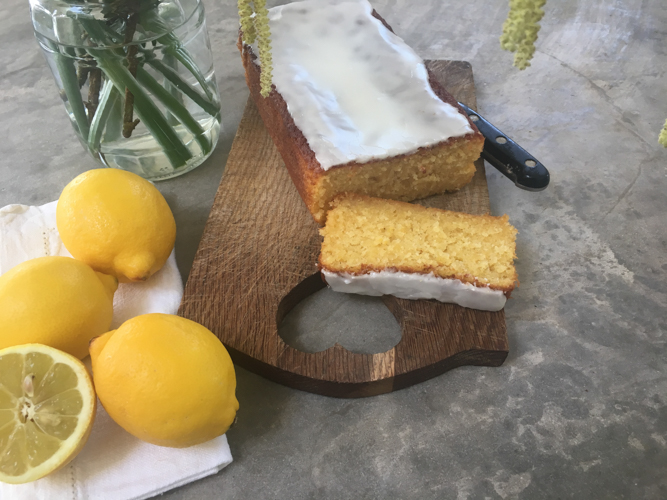
*Whilst I know a Simnel Cake is the usual Easter offering and I love it, none of my immediate family like fruit cake (also my daughter is allergic to nuts). Besides, we all know what happens to a cake when only one person likes it……


